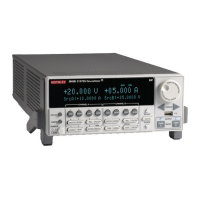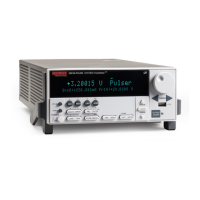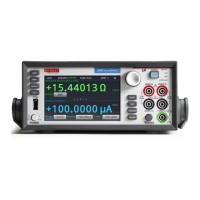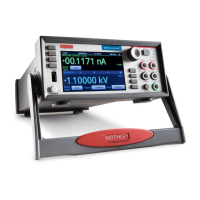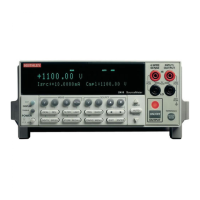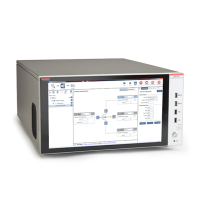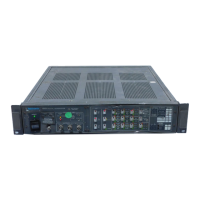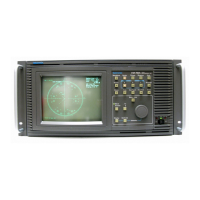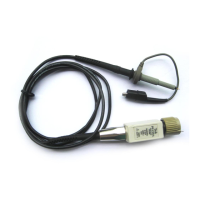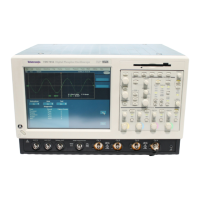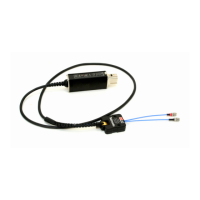In this section:
Source-measure concepts ....................................................... 5-1
Analog-to-digital converter ..................................................... 5-24
Measurement settling time considerations ............................. 5-24
Effects of load on current source settling time........................ 5-25
Creating pulses with the 2600B SMU ..................................... 5-26
Source-measure concepts
This section provides detailed information about source-measure concepts, including:
• Limit principles (on page 5-1)
• Overheating protection (on page 5-2)
• Operating boundaries (on page 5-4)
• Basic circuit configurations (on page 2-2)
• Guard (on page 5-22)
Limit principles
A limit acts as a clamp. If the output reaches the limit value, the 2600B attempts to prevent the output
from exceeding that value. This action switches the source from a voltage source to a current source
(or from a current source to a voltage source) when a limit is reached.
As an example, assume the following:
• 2600B instrument: V
SRC
= 10 V; I
LIMIT
= 10 mA
• Device-under-test (DUT) resistance: 10 Ω
With a source voltage of 10 V and a DUT resistance of 10 Ω, the current through the DUT should be
10 V / 10 Ω = 1 A. However, because the limit is set to 10 mA, the current does not exceed that value,
and the voltage across the resistance is limited to 100 mV. In effect, the 10 V voltage source is
transformed into a 10 mA current source.
The 2600B SMU output does not exceed the compliance limit, except for the compliance limit
conditions described in Source-measure capabilities (on page 2-2).
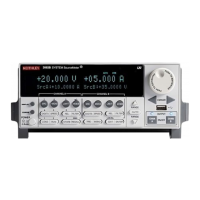
